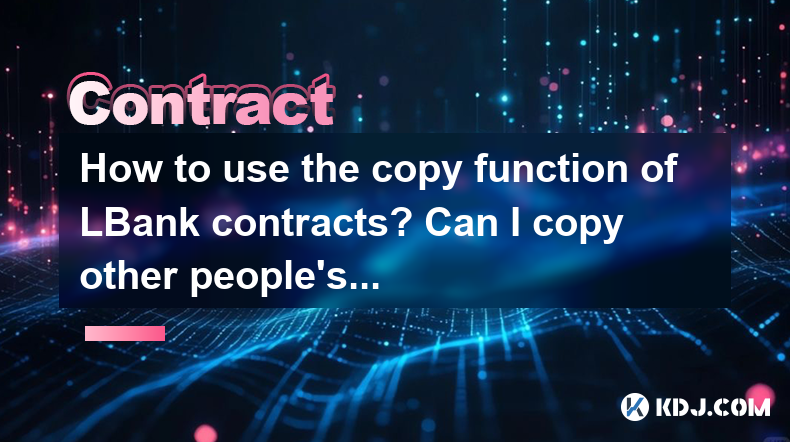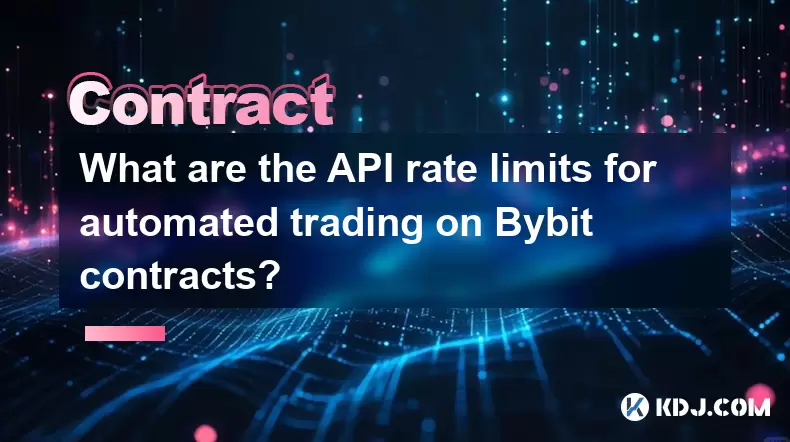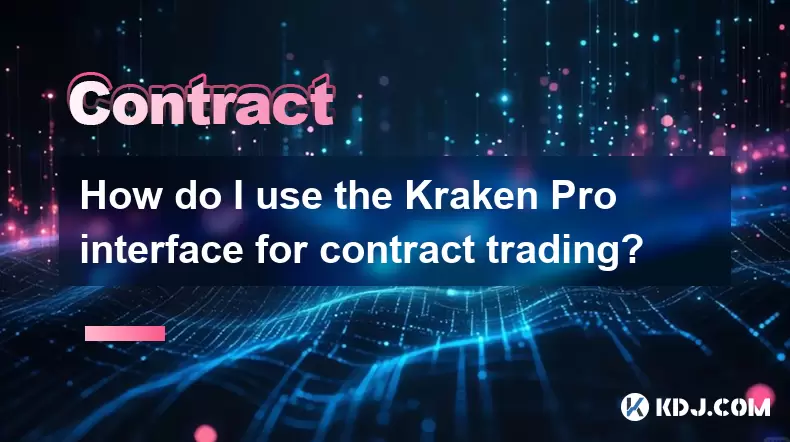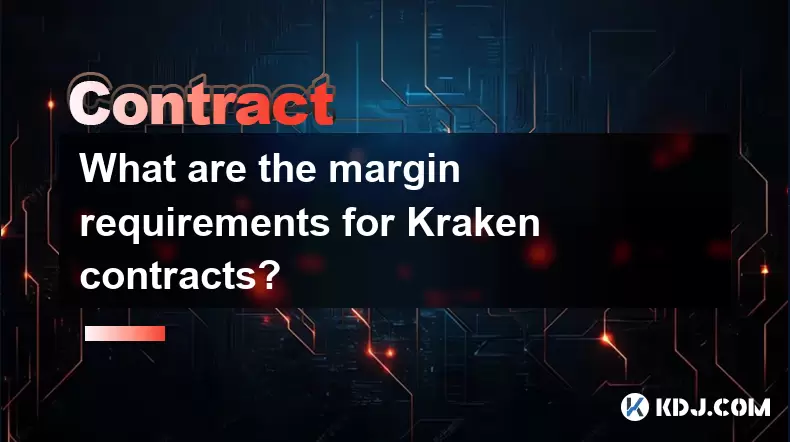-
 Bitcoin
Bitcoin $117300
1.99% -
 Ethereum
Ethereum $3884
5.89% -
 XRP
XRP $3.268
9.33% -
 Tether USDt
Tether USDt $1.000
0.02% -
 BNB
BNB $783.0
1.78% -
 Solana
Solana $173.6
3.51% -
 USDC
USDC $0.9999
0.00% -
 Dogecoin
Dogecoin $0.2193
7.00% -
 TRON
TRON $0.3380
0.30% -
 Cardano
Cardano $0.7769
5.08% -
 Stellar
Stellar $0.4350
9.36% -
 Hyperliquid
Hyperliquid $40.23
5.78% -
 Sui
Sui $3.739
6.95% -
 Chainlink
Chainlink $18.30
9.46% -
 Bitcoin Cash
Bitcoin Cash $581.7
2.11% -
 Hedera
Hedera $0.2577
5.51% -
 Ethena USDe
Ethena USDe $1.001
0.00% -
 Avalanche
Avalanche $23.08
4.23% -
 Litecoin
Litecoin $121.7
2.24% -
 UNUS SED LEO
UNUS SED LEO $8.962
-0.34% -
 Toncoin
Toncoin $3.332
1.36% -
 Shiba Inu
Shiba Inu $0.00001273
3.39% -
 Uniswap
Uniswap $10.35
6.84% -
 Polkadot
Polkadot $3.818
4.01% -
 Dai
Dai $1.000
0.01% -
 Bitget Token
Bitget Token $4.446
2.13% -
 Cronos
Cronos $0.1491
4.96% -
 Monero
Monero $255.4
-9.78% -
 Pepe
Pepe $0.00001099
4.80% -
 Aave
Aave $284.0
8.01%
How to use the copy function of LBank contracts? Can I copy other people's trading strategies?
LBank's copy function lets users replicate successful traders' strategies, offering access to expert insights and saving time, but be aware of potential risks and fees.
May 05, 2025 at 03:07 pm

The copy function of LBank contracts provides users with a powerful tool to replicate the trading strategies of successful traders on the platform. By using this feature, users can potentially benefit from the expertise of experienced traders without needing to develop their own strategies. In this article, we will explore how to use the copy function of LBank contracts and whether you can copy other people's trading strategies.
Understanding the Copy Function of LBank Contracts
The copy function on LBank contracts allows users to automatically replicate the trades of selected traders. This feature is designed to help users who may not have the time or expertise to manage their own trades effectively. By copying the trades of successful traders, users can potentially achieve similar results without having to analyze the market themselves.
To use the copy function, you need to select a trader whose strategy aligns with your investment goals and risk tolerance. LBank provides detailed information about each trader, including their performance metrics, trading history, and risk level. This information helps you make an informed decision about which trader to follow.
How to Copy Other People's Trading Strategies on LBank
To start copying other people's trading strategies on LBank, follow these steps:
- Log in to your LBank account. Ensure that you have a verified account with sufficient funds to start copying trades.
- Navigate to the Copy Trading section. This can usually be found under the "Contracts" or "Trading" menu on the LBank platform.
- Browse available traders. LBank displays a list of traders who have opted to share their strategies. You can filter traders based on their performance, risk level, and other criteria.
- Select a trader to follow. Click on a trader's profile to view more detailed information about their trading strategy, performance history, and risk management.
- Set up the copy parameters. Decide how much capital you want to allocate to copying this trader's strategy. You can also set limits on the amount you are willing to invest in each trade.
- Activate the copy function. Once you have set your parameters, confirm your decision to start copying the trader's strategy. LBank will automatically replicate the trader's trades in your account.
Benefits of Using the Copy Function
Using the copy function on LBank contracts offers several benefits:
- Access to expert strategies. By copying the trades of experienced traders, you can benefit from their market insights and trading skills.
- Time-saving. Instead of spending hours analyzing the market, you can let the copy function do the work for you.
- Diversification. You can follow multiple traders to diversify your investment across different strategies and risk levels.
Risks and Considerations
While the copy function can be a powerful tool, it is important to be aware of the potential risks:
- Performance is not guaranteed. Past performance does not guarantee future results. The trader you are copying may experience losses, which will be reflected in your account.
- Risk management. Ensure that the trader you follow has a risk management strategy that aligns with your comfort level. High-risk traders may generate higher returns but also come with greater potential for loss.
- Fees. LBank may charge fees for using the copy function, so make sure to understand the fee structure before you start.
How to Monitor and Manage Your Copied Trades
Once you have started copying a trader's strategy, it is important to monitor and manage your trades effectively:
- Regularly review performance. Check the performance of the trader you are copying to ensure that their strategy continues to align with your investment goals.
- Adjust your parameters. You can adjust the amount of capital you have allocated to the copy function or change the trader you are following based on their performance.
- Stop loss and take profit. Consider setting stop loss and take profit orders to manage your risk and lock in profits.
Can I Copy Other People's Trading Strategies?
Yes, you can copy other people's trading strategies on LBank using the copy function. This feature allows you to automatically replicate the trades of selected traders, providing you with the opportunity to benefit from their expertise. However, it is crucial to conduct thorough research and select traders whose strategies align with your investment goals and risk tolerance.
Frequently Asked Questions
Q: Can I copy multiple traders at the same time on LBank?
Yes, LBank allows you to copy multiple traders simultaneously. This can help you diversify your investments across different strategies and risk levels. However, be mindful of the total capital you allocate to copying trades and ensure that it aligns with your overall investment strategy.
Q: How does LBank determine the performance metrics of traders?
LBank calculates the performance metrics of traders based on their trading history, including the number of profitable trades, average profit per trade, and overall return on investment. These metrics are updated in real-time to provide users with the most current information.
Q: Are there any fees associated with using the copy function on LBank?
Yes, LBank may charge fees for using the copy function. These fees can include a subscription fee for accessing the copy trading feature, as well as a percentage of the profits generated from copied trades. Make sure to review the fee structure on the LBank platform before you start using the copy function.
Q: Can I stop copying a trader at any time?
Yes, you can stop copying a trader at any time. Simply navigate to the Copy Trading section of your LBank account, select the trader you are currently following, and choose to stop the copy function. Any open positions will be closed according to your settings, and you can reallocate your capital as needed.
Disclaimer:info@kdj.com
The information provided is not trading advice. kdj.com does not assume any responsibility for any investments made based on the information provided in this article. Cryptocurrencies are highly volatile and it is highly recommended that you invest with caution after thorough research!
If you believe that the content used on this website infringes your copyright, please contact us immediately (info@kdj.com) and we will delete it promptly.
- Cold Wallet Crypto in 2025: The Future is Now, Ya'll
- 2025-08-08 05:10:13
- MAGACOIN, SOL, and ADA: A Tale of Shifting Tides in Crypto
- 2025-08-08 05:10:13
- SHIB Price, PEPE, and the Memecoin Supercycle: Who Will Reign Supreme?
- 2025-08-08 05:50:12
- Pudgy Penguins Price Prediction: Google Trends & Breakout Signals
- 2025-08-08 05:50:12
- UAE Crypto Regulation: SCA and VARA Unite to Streamline the Future of Digital Assets
- 2025-08-08 05:55:48
- MAGACOIN Finance: The Presale Phenomenon Rocking the Crypto World
- 2025-08-08 05:55:48
Related knowledge

Are there any fees for futures settlement on OKX?
Aug 08,2025 at 05:35am
Understanding Futures Settlement on OKXFutures settlement on OKX refers to the process by which open futures contracts are automatically closed or mar...

How to use the OKX margin calculator for futures?
Aug 08,2025 at 05:15am
Understanding the OKX Margin Calculator for FuturesThe OKX margin calculator is a specialized tool designed to assist traders in estimating the requir...

How to find and copy experienced traders on Bybit contracts?
Aug 08,2025 at 06:00am
Understanding Copy Trading on BybitBybit offers a copy trading feature that allows users to automatically replicate the contract positions of experien...

What are the API rate limits for automated trading on Bybit contracts?
Aug 08,2025 at 06:08am
Understanding API Rate Limits on BybitWhen engaging in automated trading on Bybit contracts, understanding the API rate limits is essential to prevent...

How do I use the Kraken Pro interface for contract trading?
Aug 08,2025 at 05:00am
Understanding the Kraken Pro Interface for Contract TradingThe Kraken Pro platform is designed for advanced traders who require speed, precision, and ...

What are the margin requirements for Kraken contracts?
Aug 08,2025 at 05:42am
Understanding Margin in Kraken Futures TradingWhen engaging in futures trading on Kraken, traders must understand that margin is the collateral requir...

Are there any fees for futures settlement on OKX?
Aug 08,2025 at 05:35am
Understanding Futures Settlement on OKXFutures settlement on OKX refers to the process by which open futures contracts are automatically closed or mar...

How to use the OKX margin calculator for futures?
Aug 08,2025 at 05:15am
Understanding the OKX Margin Calculator for FuturesThe OKX margin calculator is a specialized tool designed to assist traders in estimating the requir...

How to find and copy experienced traders on Bybit contracts?
Aug 08,2025 at 06:00am
Understanding Copy Trading on BybitBybit offers a copy trading feature that allows users to automatically replicate the contract positions of experien...

What are the API rate limits for automated trading on Bybit contracts?
Aug 08,2025 at 06:08am
Understanding API Rate Limits on BybitWhen engaging in automated trading on Bybit contracts, understanding the API rate limits is essential to prevent...

How do I use the Kraken Pro interface for contract trading?
Aug 08,2025 at 05:00am
Understanding the Kraken Pro Interface for Contract TradingThe Kraken Pro platform is designed for advanced traders who require speed, precision, and ...

What are the margin requirements for Kraken contracts?
Aug 08,2025 at 05:42am
Understanding Margin in Kraken Futures TradingWhen engaging in futures trading on Kraken, traders must understand that margin is the collateral requir...
See all articles

























































































